
How to Integrate Golang into Your Current Development Stack
- Serah Louisse
- Technology
- 2025-10-21 14:43:01
- 2109K
Golang, also known as Go, has steadily gained popularity in the software development world due to its simplicity, efficiency, and scalability. As businesses grow and face more complex challenges, developers seek more powerful and faster ways to build high-performance applications. Integrating Golang into your current development stack can enhance performance, boost productivity, and improve scalability. But how exactly can you bring Golang into your tech ecosystem?
In this post, we'll explore how you can effectively integrate Golang into your existing stack and leverage its capabilities to improve your software development process.
1. Understand the Benefits of Golang
Before diving into integration, it's important to understand why Golang is a great choice for modern development. Known for its speed and concurrency features, Golang allows developers to write clean and efficient code while maintaining high performance. Here are some key benefits:
Performance: Golang is compiled to machine code, making it faster than interpreted languages like Python or Ruby.
Concurrency: The goroutines and channels in Go make handling concurrent tasks seamless and efficient, which is crucial for modern applications.
Scalability: Its design supports large-scale applications with ease, making it ideal for microservices and cloud-native systems.
By integrating Golang Development Services into your stack, you can enhance these aspects and improve the overall performance of your application.
2. Assess Your Current Stack
Before you start integrating Golang, evaluate your existing development stack. What languages and frameworks are you using? Are there specific areas where your current stack is falling short, such as performance, scalability, or real-time data processing? Understanding the limitations of your current tools will help you pinpoint where Golang can add value.
For instance, if your backend is struggling with concurrency or scalability, Golang could be the perfect addition. Its ability to handle high levels of concurrency with goroutines makes it ideal for building microservices that need to scale effortlessly.
3. Identify Key Use Cases for Golang
Golang works particularly well in certain use cases, such as:
Microservices: Golang's lightweight nature and high performance make it perfect for developing microservices that require fast execution and low overhead.
API Development: The simplicity of Go’s syntax and its support for concurrency make it great for building robust APIs.
Cloud-Native Applications: Golang’s statically compiled nature and minimal runtime dependencies make it well-suited for cloud-based environments like Kubernetes and Docker.
Identify the areas of your development stack that could benefit from these strengths. For example, if you’re building a high-performance API or working on a microservices architecture, integrating Golang into your stack would make perfect sense.
4. Start with Isolated Services or Modules
If you're new to Golang, the best approach is to start small. Rather than refactoring your entire codebase, begin by integrating Golang into specific services or modules that would benefit from its strengths.
For example, you could:
Migrate specific backend services like handling user authentication, payment processing, or file storage to Golang for better performance.
Use Golang to build microservices that handle concurrent operations, such as real-time chat or notifications, which need to scale quickly.
This gradual approach will allow you to integrate Golang without disrupting your existing systems. As you gain experience, you can expand its usage across your stack.
5. Leverage Golang’s Interoperability
One of the great things about Golang is its ability to work seamlessly with other languages and frameworks. Whether your stack includes JavaScript (Node.js), Python, Ruby, or even Java, Golang can easily integrate with them.
For example, you can:
Use Golang as a microservice within a larger application built with a different language, communicating through HTTP APIs or gRPC.
Interfacing with databases: Golang has excellent support for SQL and NoSQL databases, so integrating it with existing data storage solutions is straightforward.
Containerization and Kubernetes: Golang is often used in the creation of Docker containers and Kubernetes orchestrations, making it ideal for modern DevOps environments.
By integrating Golang Development Services, you can ensure that Golang will fit well within your existing development ecosystem and work smoothly alongside your current tools.
6. Ensure Proper Developer Training
Integrating a new language like Golang into your stack requires upskilling your development team. Golang is known for its simplicity, but it does have specific paradigms and best practices that need to be understood for optimal use.
To help your team get up to speed:
Offer Golang training and workshops to familiarize developers with the language's syntax, concurrency features, and best practices.
Encourage code reviews where developers can learn from one another and share insights on Go-based development.
Investing in your team's knowledge of Golang will pay off in the long run, ensuring a smooth integration and optimal performance.
7. Optimize Performance and Testing
Once Golang is integrated into your development stack, it's important to test and optimize the new system. Golang’s built-in testing tools, like the testing package, make it easy to write unit tests and benchmarks.
Benchmark your services to understand the performance improvements Golang brings to your system.
Stress test the new components under high load to ensure that the concurrency model is working as expected.
Golang’s strong support for performance testing ensures that your integration will result in a faster, more scalable system.
8. Hiring the Right Golang Developers
As you integrate Golang into your stack, it’s essential to hire developers who are experienced with the language. You can either build an in-house team or hire Golang developers from a reliable partner like NewAgeSysIT.
When hiring, look for candidates who:
Have experience with concurrency models in Go
Are familiar with Go's standard libraries and third-party packages
Understand microservices architecture and cloud-native applications
By bringing in experienced Golang developers, you can ensure that your integration is done efficiently and effectively.
Conclusion
Integrating Golang into your current development stack can significantly improve performance, scalability, and developer productivity. By starting small, assessing your stack’s limitations, and using Golang for specific use cases like microservices and API development, you can smoothly incorporate this powerful language into your tech ecosystem.
If you’re looking to integrate Golang into your stack and need expert help, consider working with a specialized team that offers Golang Development Services. And if you're looking to scale your team with experienced developers, it's time to hire Golang developers who can drive your project forward with expertise and speed.
Leave a Reply
Please login to post a comment.


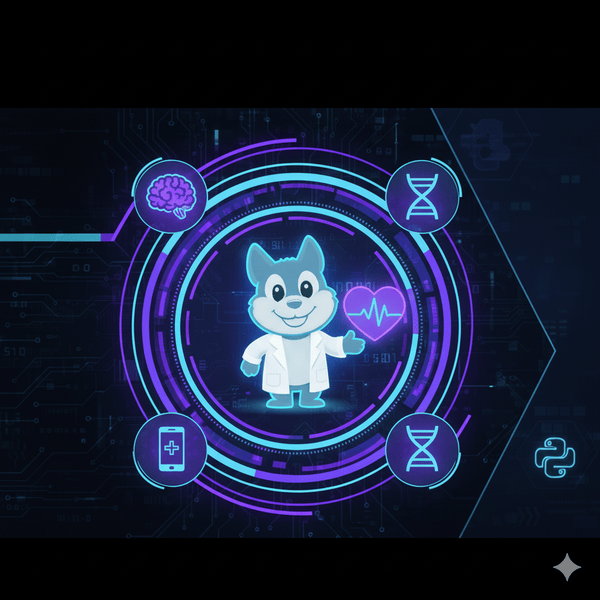


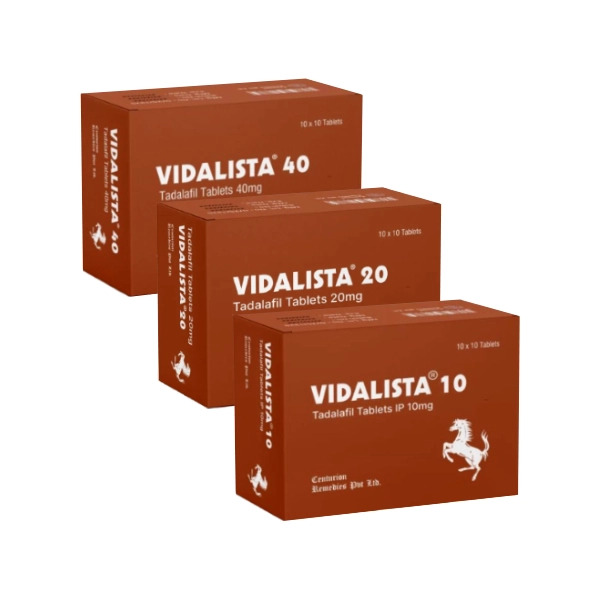


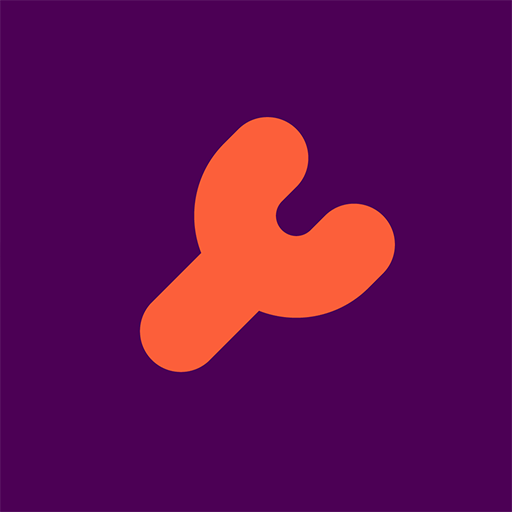
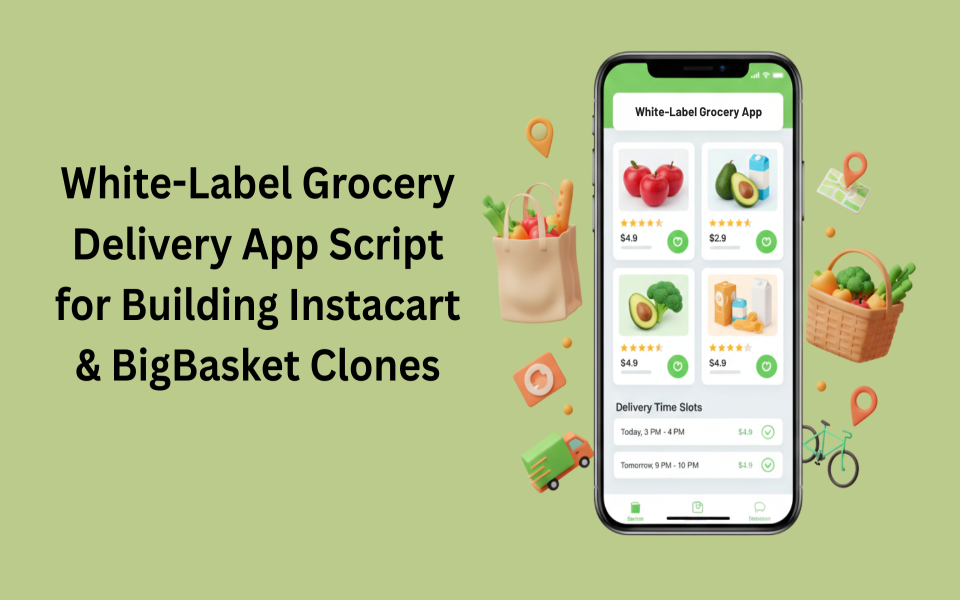

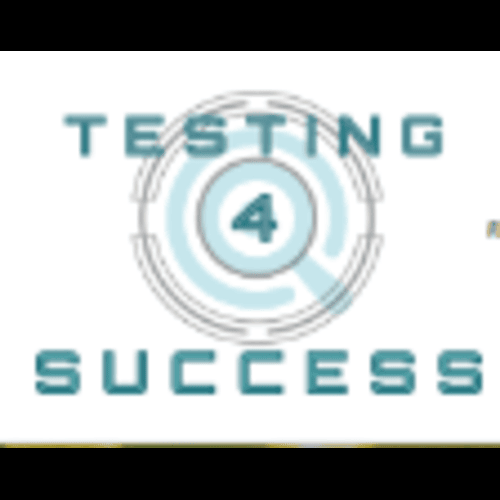
0 Comments